WORDS
Simon de Burton
Adventurers
When you’re lost and feeling most alone, there’s something decidedly comforting about being able to glance at your wrist and see what the time is – even if it might remind you of how long you’ve been MIA, lost or awaiting rescue. Knowing the hour, however, somehow retains that important psychological link with the outside world.
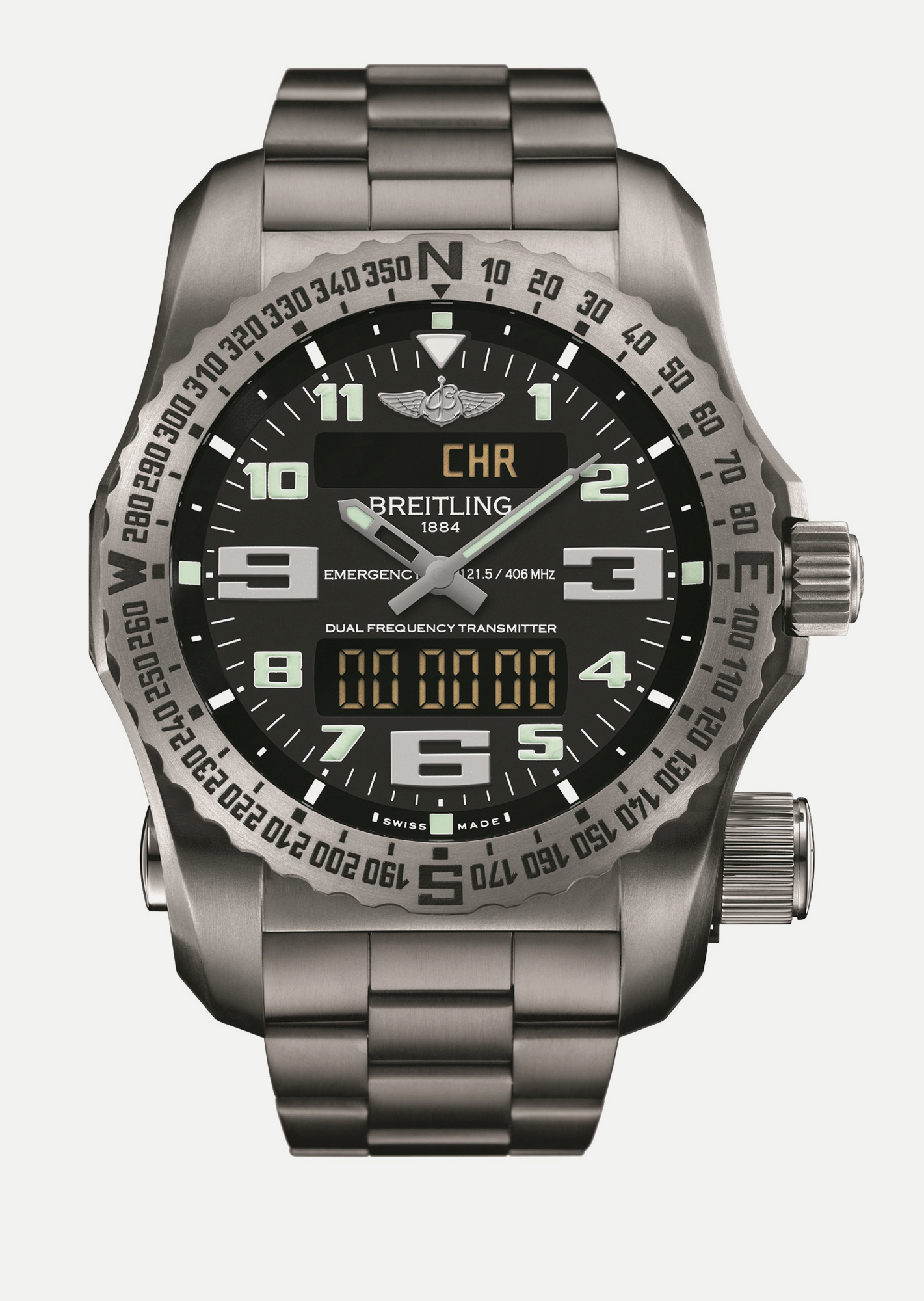
Breitling Emergency II
Breitling’s original Emergency watch launched in 1995. Around 40,000 were sold, with the model’s built-in SOS transmitter helping save many lives. Its replacement, the Emergency II, broadcasts on both the 121.5MHz and 406 MHz frequencies, enabling it to send alerts and act as a homing device. The transmitter operates separately from the watch’s super-accurate quartz movement, which features a chronograph, dual time zones, an alarm and a countdown timer. A word of warning, however: this is a serious safety device, and the penalty for improper use is significant… £12,750
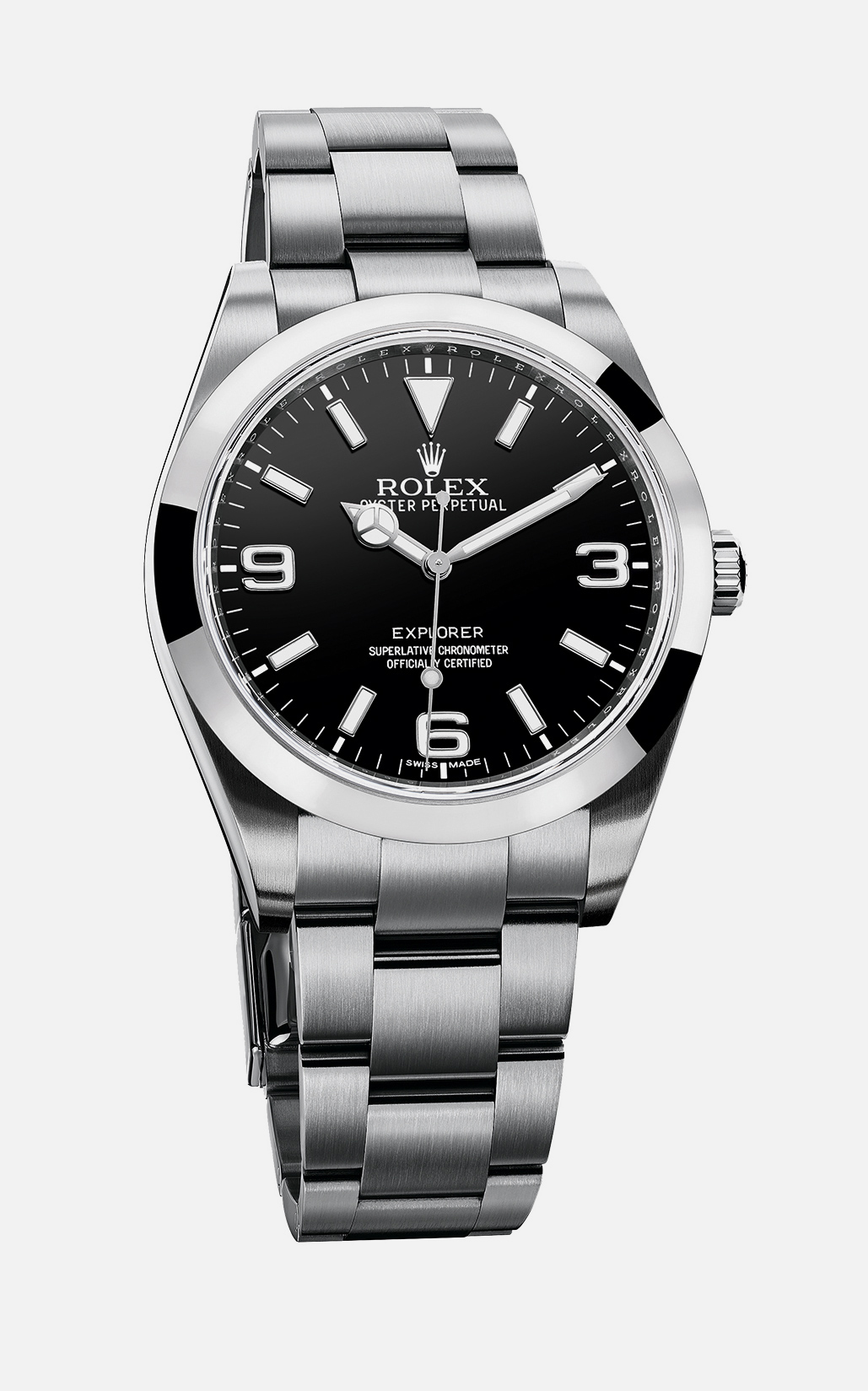
Rolex Explorer
Today’s Explorer can be traced back to 1953, when Sir Edmund Hillary and Sherpa Tenzing Norgay were equipped with versions of the Rolex Oyster when they set out to conquer Everest. By 1959, the watch had evolved into the Explorer pattern with a steel case, black dial and luminous markings. The same look prevails today, though the case has grown to 39mm, followed by the introduction of the ‘Parachrom’ hairspring and ‘Paraflex’ shock absorption system – all of which makes the Explorer about the toughest, most practical and best-value tool watch on the market. £4,800

Air
Knowing the time has been key to safety in the air ever since the earliest days of flight. It is said to have been a demand from pioneer Brazilian aviator Alberto Santos-Dumont for a practical pilot’s timepiece that led Louis Cartier to create one of the world’s first wristwatches in 1904. Just 65 years later, an Omega Speedmaster became the first watch to be worn on the surface of the moon.
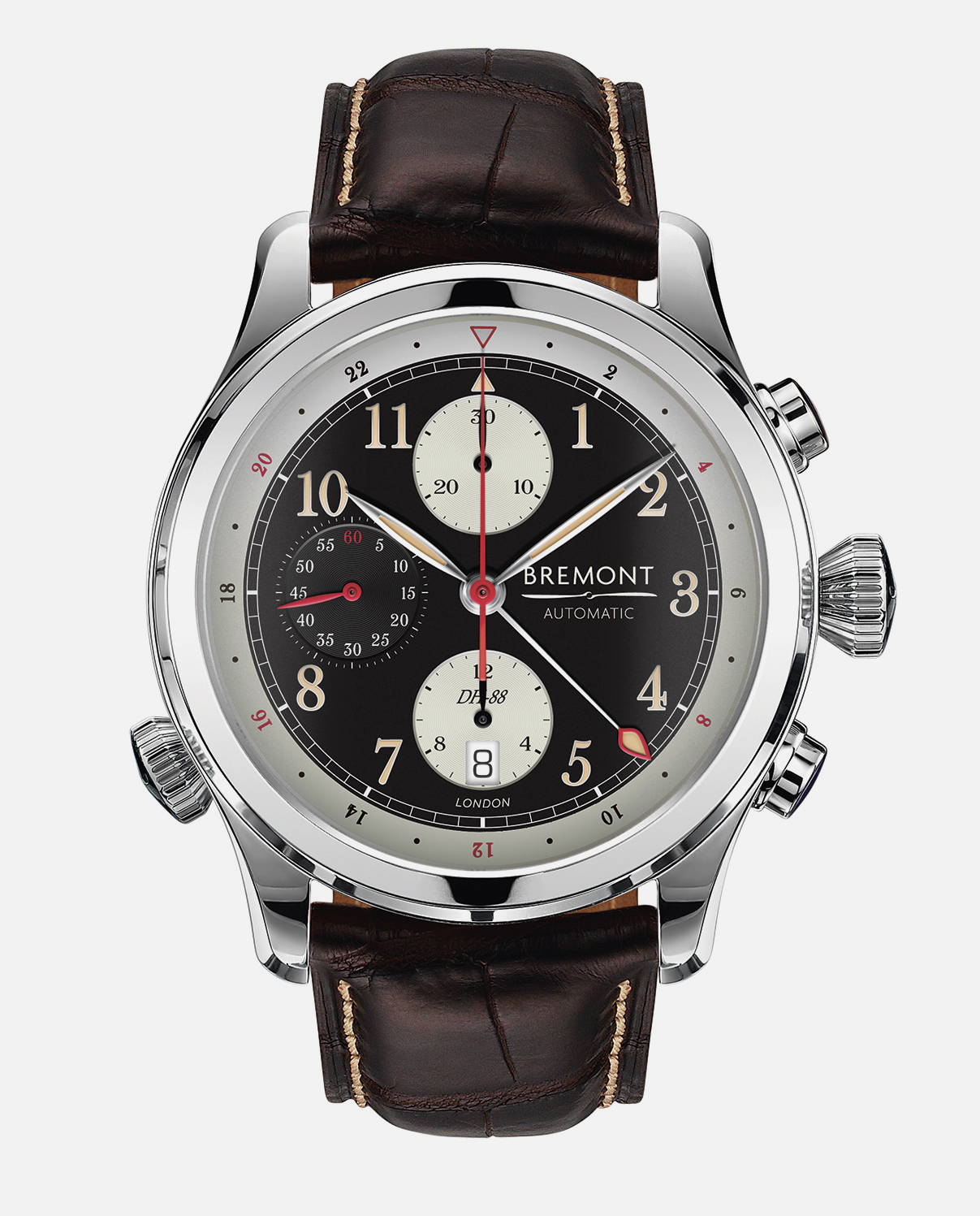
Bremont DH-88 Comet
Bremont’s chronograph commemorates the 1934 MacRobertson Air Race, which offered a £10,000 purse for the fastest flight from England to Australia. It was won by Charles WA Scott and Tom Campbell Black, who flew their DH-88 Comet ‘Grosvenor House’ to victory in two days and 23 hours. The plane is now on display at the Shuttleworth Collection aircraft museum – and slivers of original plywood removed from its undercarriage during restoration have been incorporated into the watch’s winding rotors. Steel, £7,995, and rose gold, £14,995
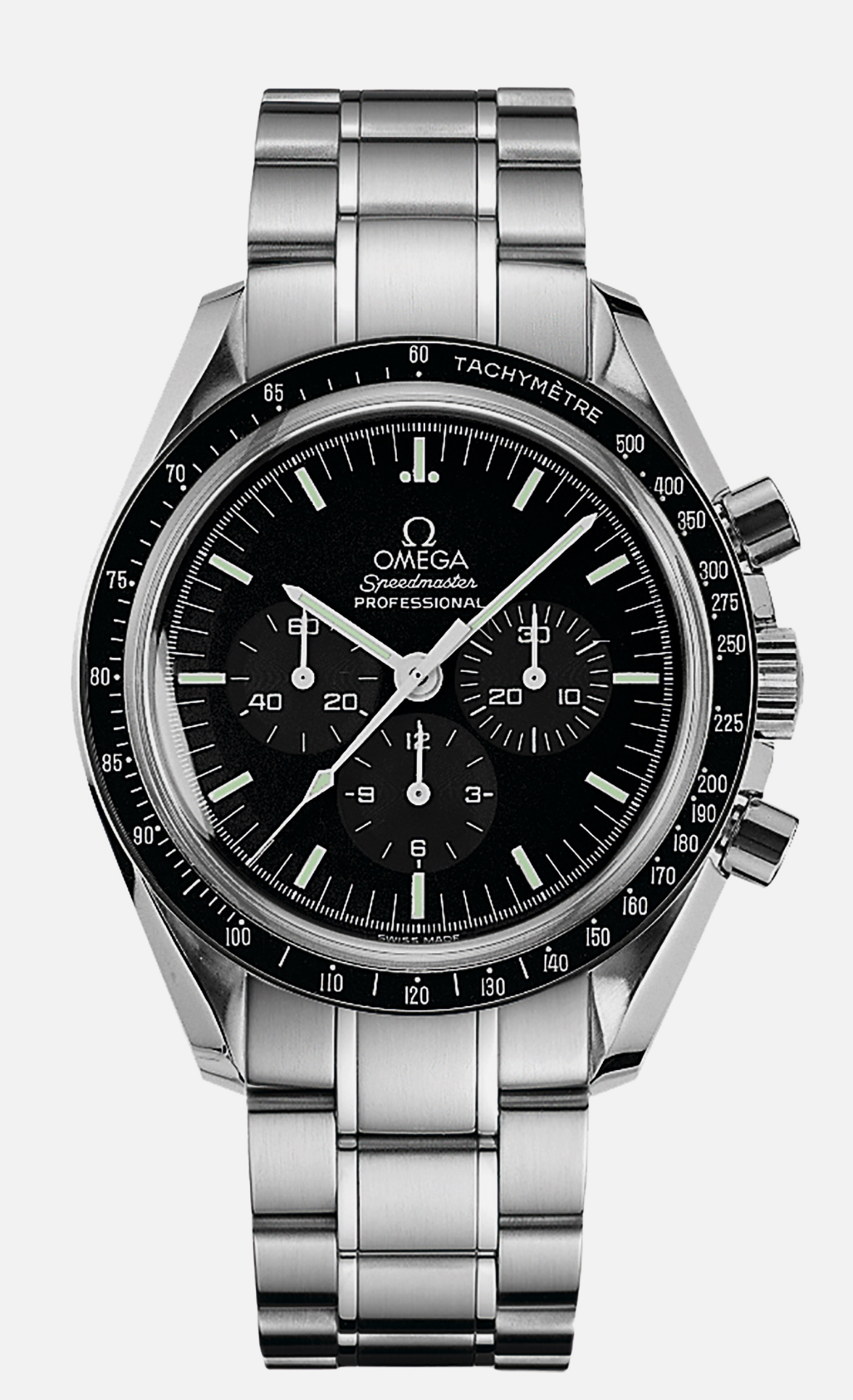
Omega Speedmaster Moonwatch Professional
The Omega Speedmaster was launched in 1957, but its place in history was assured 12 years later when Buzz Aldrin wore his on the moon. The watch originally featured a hand-wound movement before automatic versions became available, but these were unsuitable for astronaut use due to
the lack of gravity in space preventing proper functioning of the winding rotor. This nostalgic new version returns to manual winding and is delivered with a metal bracelet as well as a military-style strap – plus an extra-long one for wearing over the cuff of your space suit. £3,340

Land
Whether it’s recording the lap times at a motor race, boiling an egg to perfection or ensuring you don’t wake anyone by calling abroad at an uncivilised hour, a watch is useful for much more than simply telling us the time of day. Watches can prove to be essential tools in all manner of situations – and those that travel with you far and wide build up a patina that serves as a reminder of past adventures.
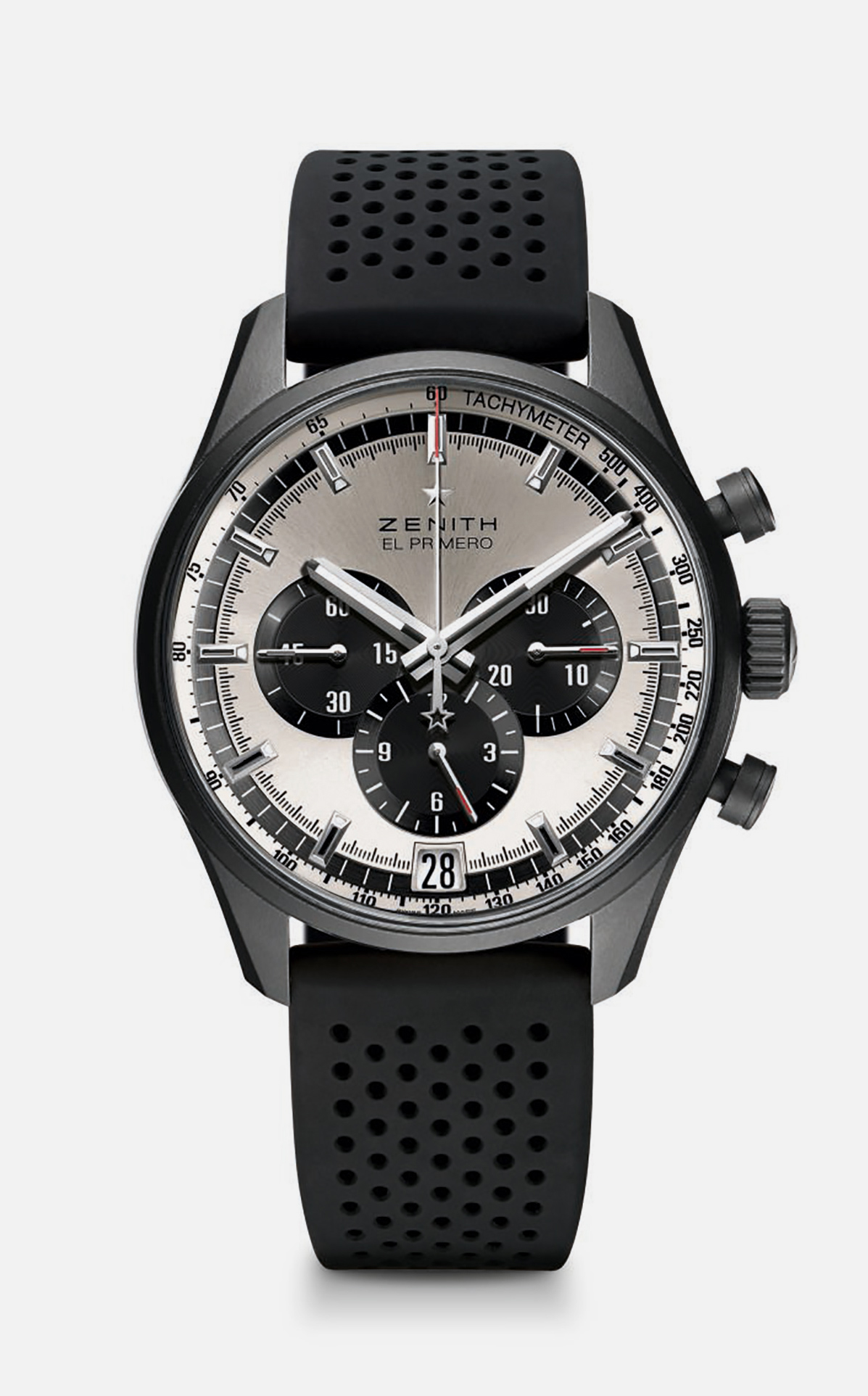
Zenith El Primero
In The Times of My Life, Jack Heuer writes: ‘On 10 January, 1969, I opened my local newspaper and nearly choked on my coffee. There was a… news item reporting an announcement by the Swiss watchmaking company Zenith… that they had developed the world’s first self-winding chronograph called El Primero and, furthermore, that they had a working prototype’. Zenith had won the race to make the first automatic chronograph movement, and the El Primero remains the only mechanical chronograph capable of recording times down to one tenth of a second. £6,700
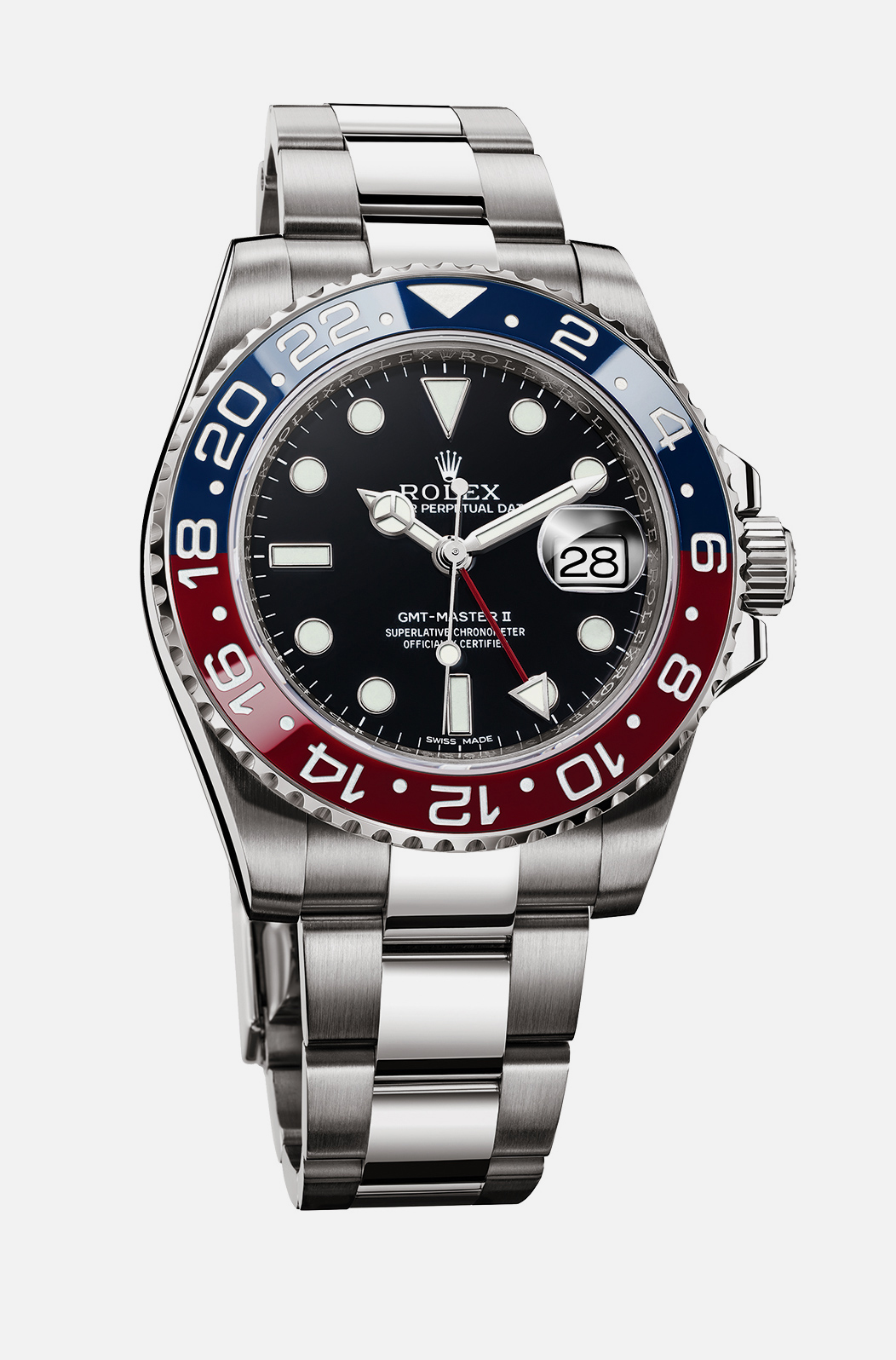
Rolex GMT-Master II
Although it was developed during the 1950s for use by Pan Am pilots flying the first trans-Atlantic passenger jets, the GMT-Master has become beloved of all types of traveller thanks to the simplicity of its dual-time mechanism and the fact that it’s rugged, waterproof, good-looking and adaptable. The second time zone (or ‘GMT’) display takes the form of an additional hour hand that points to numbers on the 24-hour bezel – so it’s easy to set the hand to ‘local’ time on arriving at a new destination, leaving the regular hour-hand to display the time at home. From £6,200

Sea
The quest to make wristwatches waterproof dates back to the 1920s and the introduction by Rolex of the first Oyster models with tightly sealed cases. But it was the invention of scuba 30 years later that hastened the development of the seriously water-resistant watch, and now timepieces can survive at depths far greater than most people would ever dive. But, like many things in life, it doesn’t matter if you do it – it matters that you could.
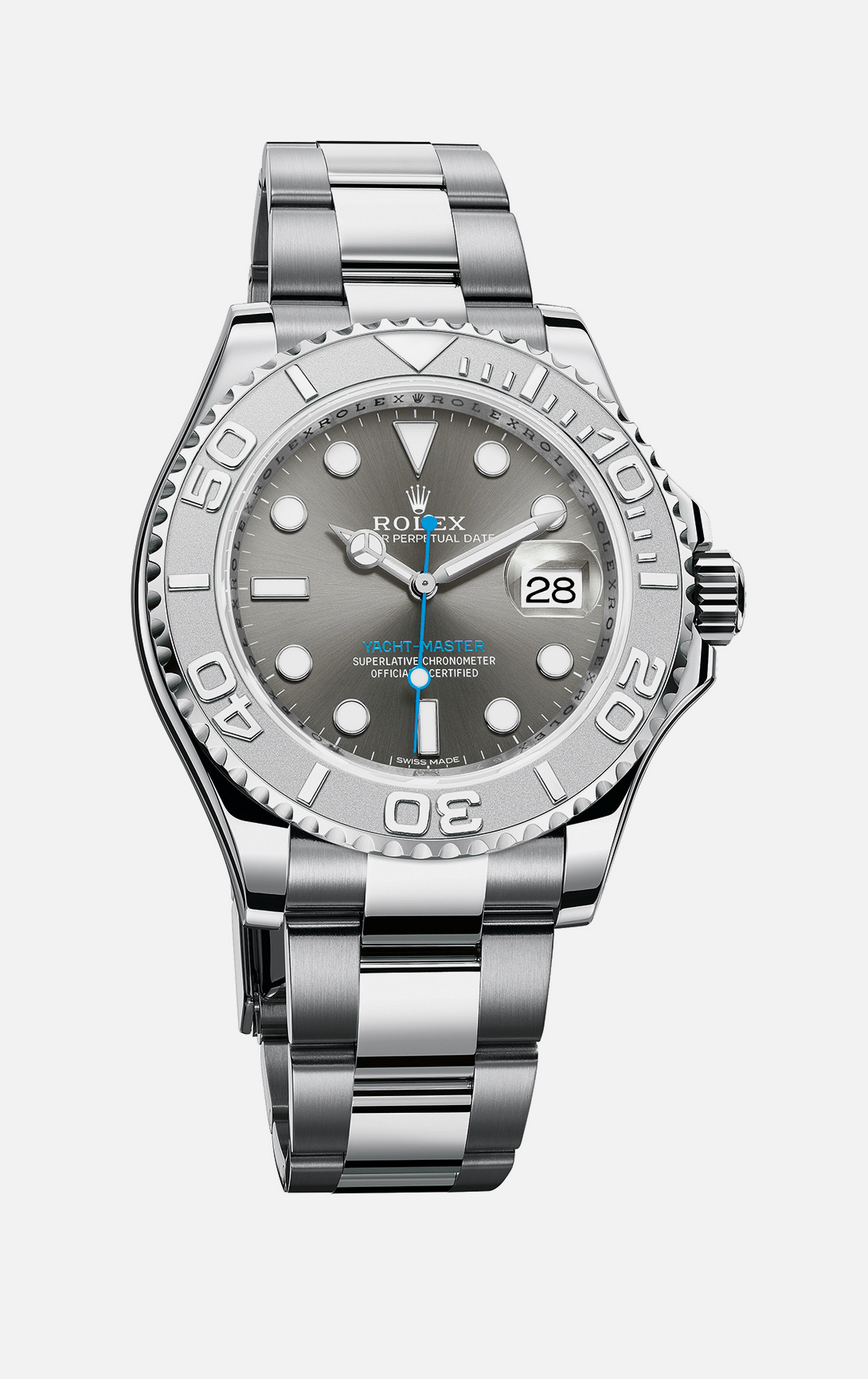
Rolex Yacht-Master 40
Rolex has long been associated with hardcore sailing competition and is the title sponsor of such ‘premier league’ yachting challenges as the Sydney Hobart Yacht Race, the Fastnet Race and the Middle Sea Race. In 1992, the brand’s inextricable link with the sport resulted in the release of the original Yacht-Master chronometer, which was designed specifically to withstand the rigours of a life at sea and combined a steel case with a platinum dial and bezel. This latest version still features the platinum bezel, but has a deep-blue dial with gold hour markers. £8,500
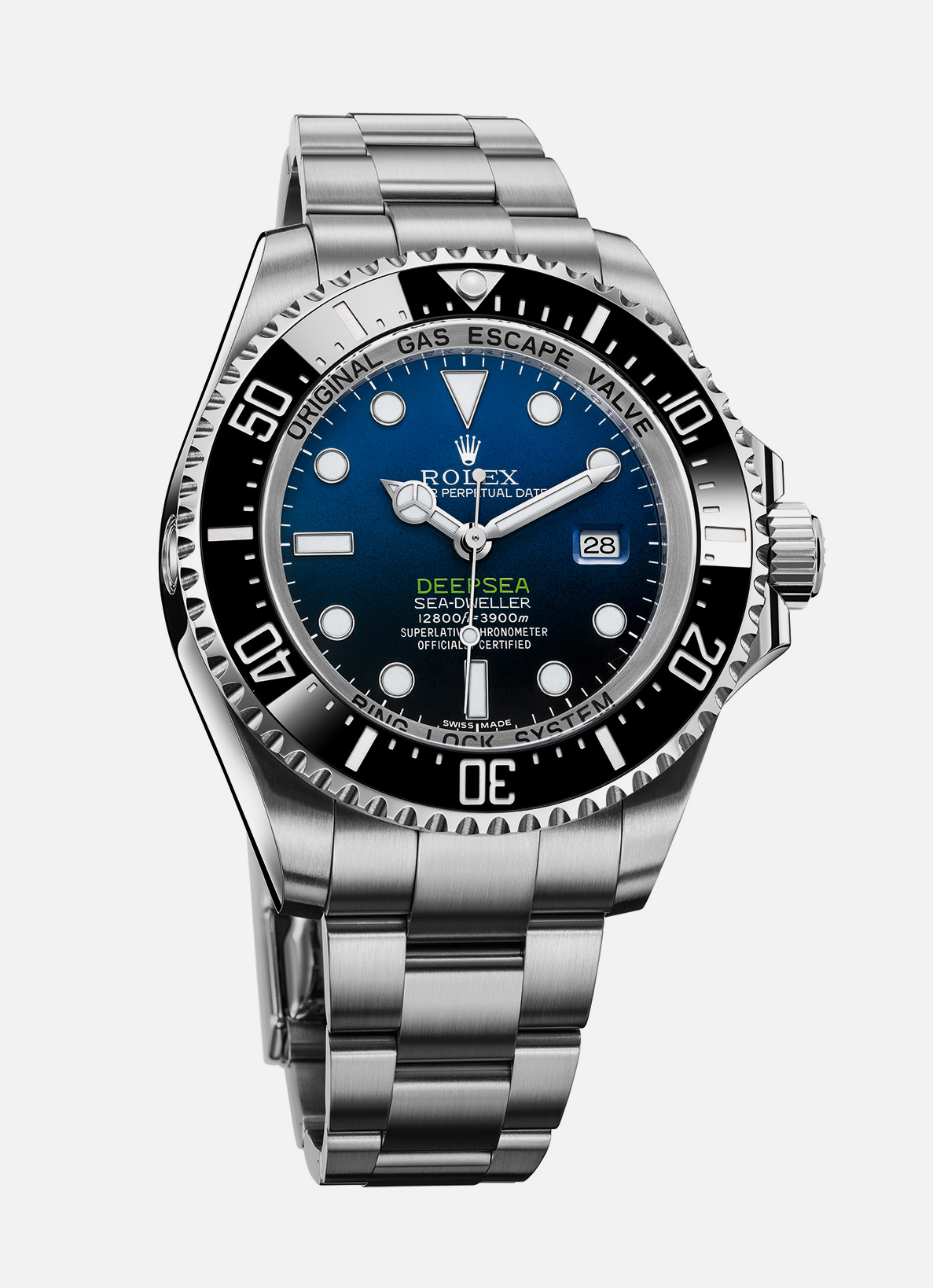
Rolex Deepsea ‘James Cameron’
Film director James Cameron achieved a world first in 2012 by becoming the only person to pilot a solo submarine to the deepest point on earth. The Challenger Deep at the bottom of the Mariana Trench in the Pacific Ocean is an ear-popping 6.8 miles down – and strapped to Cameron’s sub was a prototype Rolex called the Deepsea Challenge, which survived unscathed. To commemorate the event, Rolex produced this special version of its Deepsea model (waterproof to a prodigious 12,800 feet) with a lustrous gradient-blue dial instead of the standard black. £9,150
All watches are available at Watches of Switzerland; watches-of-switzerland.co.uk




